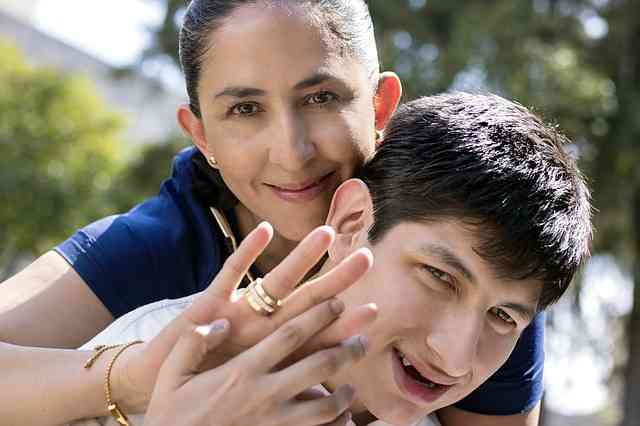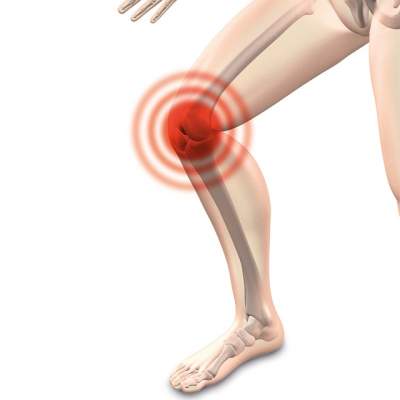Apply Grants
May 13, 2020
1
Stem Cell Therapy Offers A Respite From Sickle Cell Anemia
Sickle cell anemia is a hereditary blood disorder that affects mostly African-American descents. Most probably, a stem cell therapy transplant using the patient’s own stem cells for the gene alteration or correcting method can help patients with sickle cell anemia.
A large number of people can expect effective treatment results using stem cells, as though the treatment involves risks as well.
However, recent treatment of a patient with sickle cell anemia in Edmonton, Canada with stem cell therapy raises hopes for other patients too.
What Is Sickle Cell Anemia?
According to the American Society of Hematology, this genetic disorder is more prevalent in African-American descendants, which affects as many as 70,000 to 100,000 individuals. Sickle cell anemia is known as sickle cell disease as well.
Read-
Read-
The disease caused by a genetic mutation in the red blood cells changes the blood cells in an abnormal manner and turns them in crescent shapes like structures. The new formation leads the blood to clot, making them get stuck in the blood vessels. As a result, many organs and parts of the body cannot get an adequate volume of blood supply, making them get exhausted with different ailments, including organ deaths, heart attacks, and kidney ailments. stem cell therapy, stem cell transplant.
The procedure of bone marrow transplant works for sickle cell anemia. It requires bone marrow from a healthy donor to replace it with the diseased one so that the marrow can produce healthier mutation-free red blood cells with no more sickle-shaped crescents.
As said earlier, the transplant comes with a risk to life. Until now, bone marrow transplant has appeared to be very toxic for adult patients. The procedure is a setback for those, who cannot accept the toxicity of the transplant as chemotherapy kills one’s strength to stand the jerk and results in damage of the marrow prior to the transplant. However, a retrospective study back in 2014 carried out by the National Institute of Health, proved that a transplant in 30 patients with sickle cell anemia worked, and reinstated the ability to reverse the effects the disease in 26 patients.
Treatment Options Available For Sickle Cell Anemia
Since the procedure involves some risks in the form of permanent infertility and mortality; many do not consider the bone marrow transplant. However, it is worth the risk if it raises some hope and put one’s life back on the track.
Read-
Read-
This is how a recent case of bone marrow transplant with stem cells proved prospective for many, who are suffering from this deadly disease. The bone marrow transplant worked wonders on a Canadian resident Revée Agyepong, who was found to have sickle cell anemia ever since her toddlerhood. She received the bone marrow from her sibling Stephanie Amoah, and the transplant was successfully carried out by Dr. Andrew Daly, who runs his own stem cell health clinic in Alberta, Canada.
The successful transplant has helped Revée produce new red blood cells without any genetic mutations of sickle cell anemia.
Rather than bone marrow transplant, another successful treatment procedure is gene therapy using the CRISPR, a gene-editing technology. The gene correction technique diminishes the requirement of marrow swapping. This approach is now underway to treat sickle cell anemia. Way back in 2011, the John Hopkins Institute for Cell Engineering carried out a gene therapy procedure using the patient’s own stem cells. The procedure helped the patients with the disease to alter the genes that caused sickle cell anemia. The researchers isolated the bone marrow stem cells and converted them into iPSC cells. With reprogrammed iPSCs, embryonic stem cells were produced. Later they replaced the defective ones to produce healthier bone marrow with the help of genetic engineering techniques.
However, the trail requires a review from the FDA so that it can treat sickle cell anemia. Now, the wait is for the green signal only to put an end to the debilitating conditions of the disease.
stem cell therapy for sickle cell disease, sickle cell anemia gene replacement stem cell therapy, stem cell therapy treatment for osteoarthritis and arthritis, cell therapy for hair loss and joint disorder.












